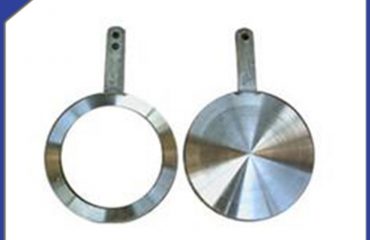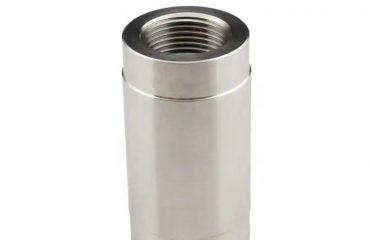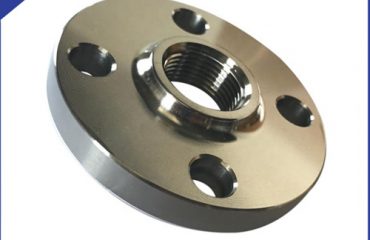The sealing failure of large flange sealing joint is mainly manifested in leakage. In pipeline systems and installations in various industries, the sealing failure of carbon steel flange joints can cause a large amount of waste of energy and raw materials. If the cost of labor and materials is any more serious, it will lead to equipment scrapping, shutdown, casualties and serious environmental pollution. Therefore, the modern petroleum, chemical, petrochemical, atomic energy, aerospace and other industries put forward higher requirements for pipeline device sealing. Flange joint is a detachable connector, and it is a product with high sealing requirement. The key is in the sealing material, the quality of sealing materials, directly related to the quality of flange products. It can be said that although the gasket is small, it has something to do with the sealing failure of the flange.
Generally, large flanges have large bearing capacity and are not easy to deform in engineering, the key is the thickness. The inside and outside diameters of the large flanges are not a problem when they are made. The hardest part to process is their thickness. The large flange is easy to deform if it is too thin, of course, it will not appear in the manufacturing process, and it will not happen when it is processed by machine tools, but it is dangerous in the use process.
The large flange is cut into a slab by the middle plate, and then rolled into a circle. This is generally large flange, the maximum can be 7 meters. These stainless steel flanges have good quality assurance. Because the material is medium plate with good density. Materials are carbon steel, stainless steel, alloy steel and so on.
Large flange production technology features: large flange products are all welded products, there is no thread. Large flange production process has three kinds of forging and rolling and splicing. First, cut the middle plate into a suitable strip. The length of the sliver depends on the size of the large flange. Then the coiler is made into a circle, and the joint is soldered firmly with a welding rod. The X-ray spectrum inspection is carried out at the joint. Then the press is used to flatten it, then the lathe is used to process water lines, chamfering and other processes, and finally the indexing plate with the drilling machine for the bolt hole drilling.
 Language
Language Espanol
Espanol English
English Italian
Italian عربى
عربى
 Skype: chinamaker99
Skype: chinamaker99  Tel: 86-316-5120812
Tel: 86-316-5120812 Email:
Email:  Whatsapp:
Whatsapp: 

